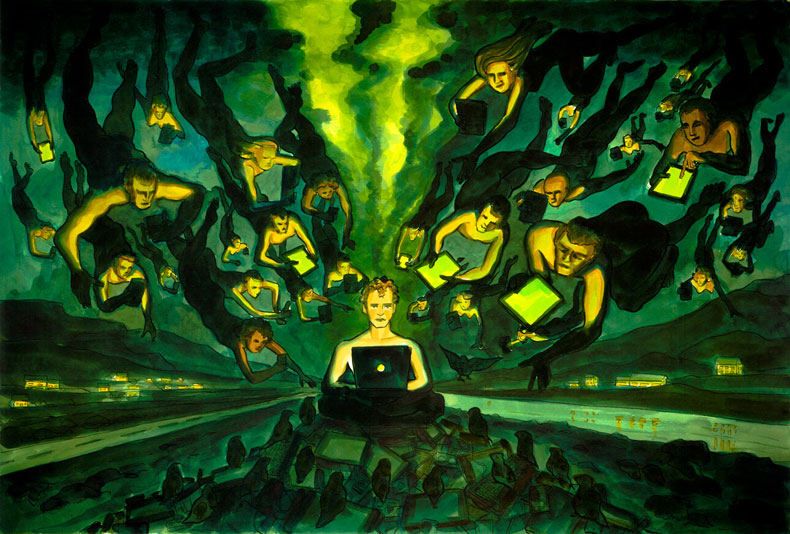Getting stuck
A few weeks ago, I was having dinner with my mom in Manhattan. She was telling me her plans for this year’s Christmas card. “This year,” she said, “instead of writing my usual newsy card, I think I’ll just say, ‘Amanda’s about to have a baby, and Jonathan moved from California back to New York.’”
“Sounds good to me,” I said.






